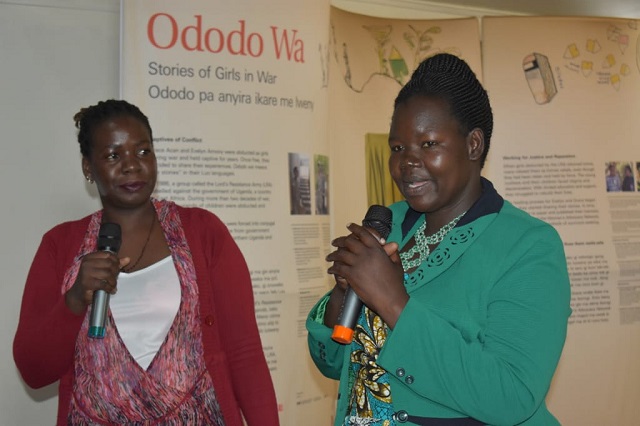
Gulu, Uganda | THE INDEPENDENT | Local leaders in Northern Uganda want massacre sites where the Lord’s Resistance Army-LRA rebels killed civilians turned into tourist attraction centres.
During the two decade long armed conflict in the region spanning from 1986-2006, the LRA and some government forces killed civilians whom they accused of being collaborators and buried them in mass graves.
Some of the documented massacre sites include Lukodi village in Gulu district where the LRA killed 60 people on May 19, 2004, Barlonyo in Lira district, Abiya in Alebtong district, Abok in Oyam district.
Other massacres happened in Pajule Pader district, Omot in Agago district, Odek in Omoro district and Amuru district.
Robert Larubi, a rights activist notes that the monuments can help generations learn about peace and reconciliation processes, but currently, the sites are poorly maintained and are exposed to harsh weather which erodes them.
Victor Ocen, a United Nations-UN Ambassador of Peace and Justice who doubles as founder of the African Youth Initiative Network-AYNET in Lira district says that his brother disappeared during the LRA conflict but the family is not sure if he is alive or dead.
Gilbert Olanya, the Kilak South MP says that documenting the history of both LRA and government atrocities that happened in Northern Uganda is a good initiative that all leaders in the region must push for to help families heal from the trauma experience.
In his recent visit to Lira district during memorial prayers at Barlonyo in Lira district where over 300 civilians were killed by LRA on 21 February 2004, Prof Ephraim Kamuntu, the former Minister for Tourism, Wildlife and Antiquities called for the development of the massacre site.
But Samuel Odung, the Gulu City Council Elders representative, a former teacher and historian disagrees citing that it will haunt families that lost their loved ones.
Presently, the National Memory and Peace Documentation Centre-NMPDC in Kitgum district is the only centre being managed by the Refugee Law Project (RLP) that documents, archives and communicates memories of conflict-related events as well as experiences of past human rights violations and legacies of violence.
Also known as Uganda’s History Clinic, the centre is a living memorial to the victims and survivors of war, armed conflicts and gross human rights violations, a space to promote and celebrate Uganda’s heritage.
*****
URN
 The Independent Uganda: You get the Truth we Pay the Price
The Independent Uganda: You get the Truth we Pay the Price



